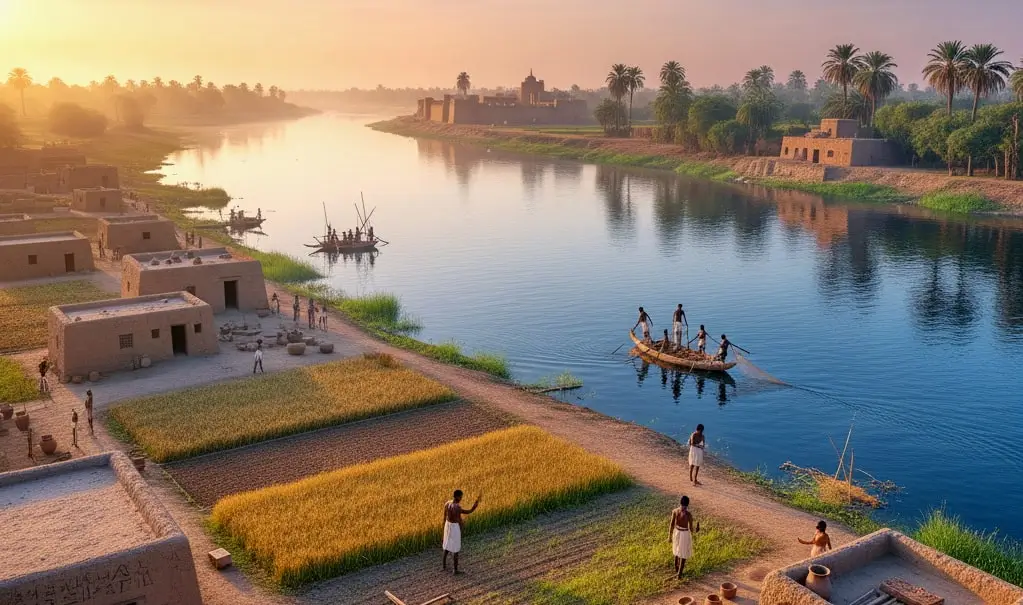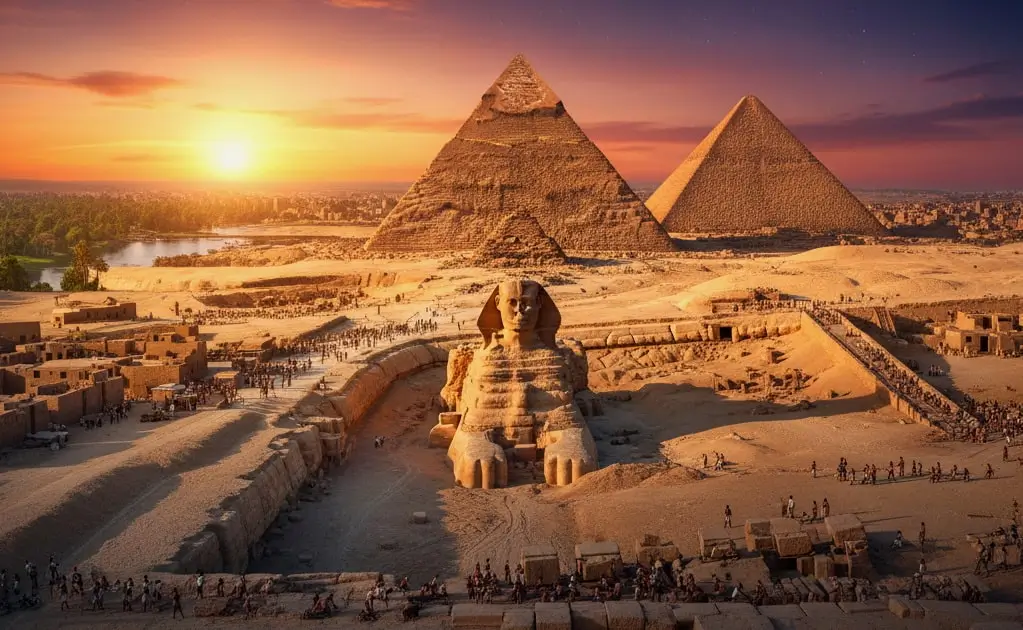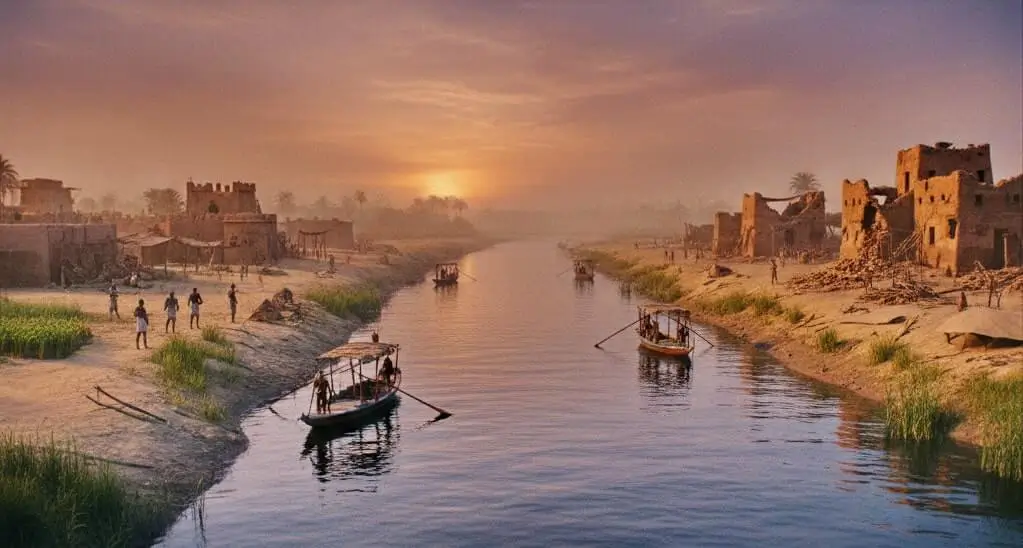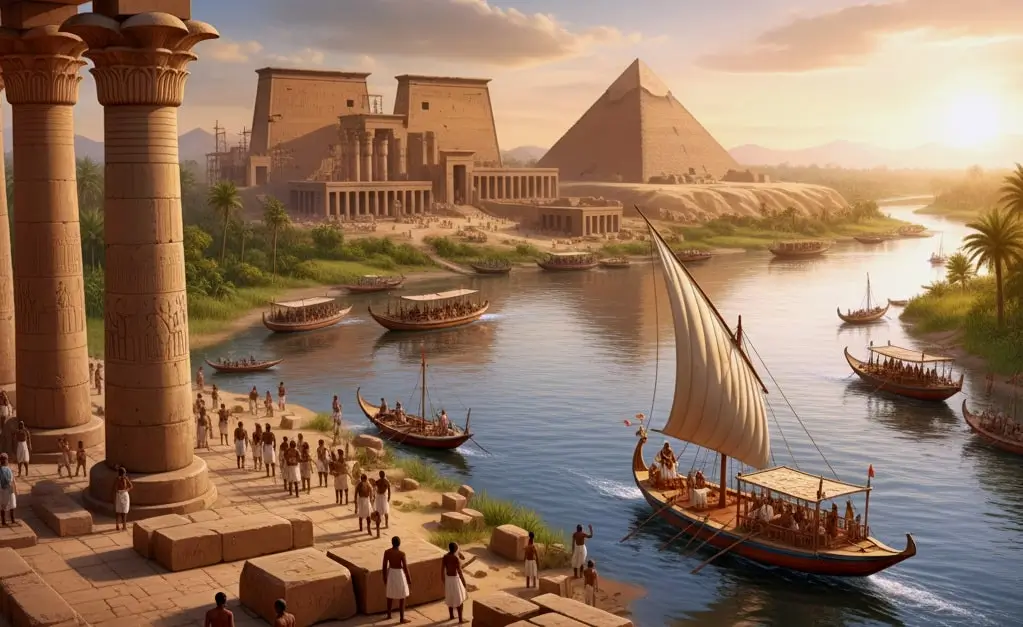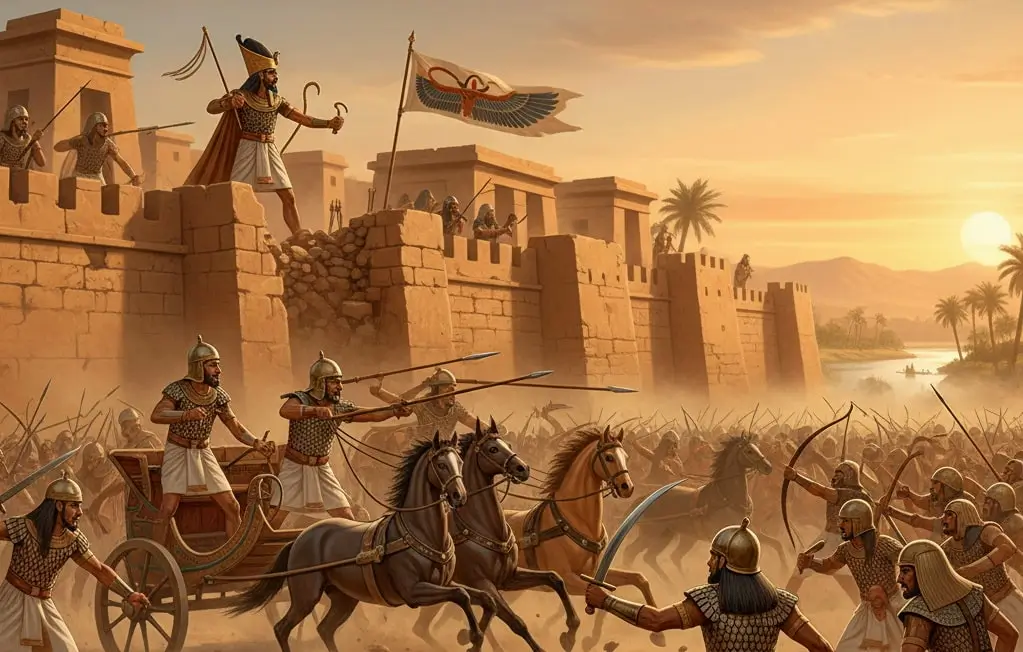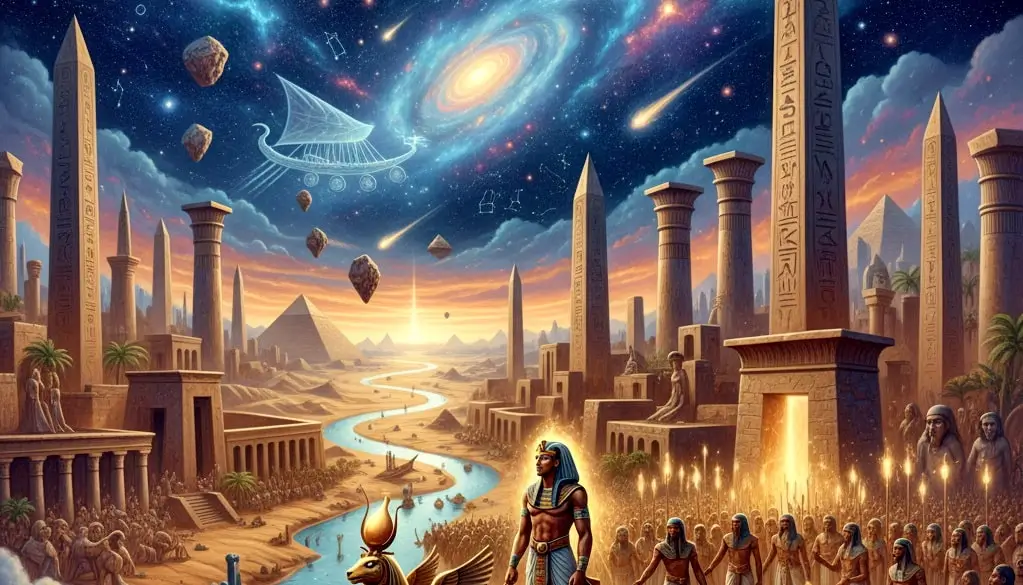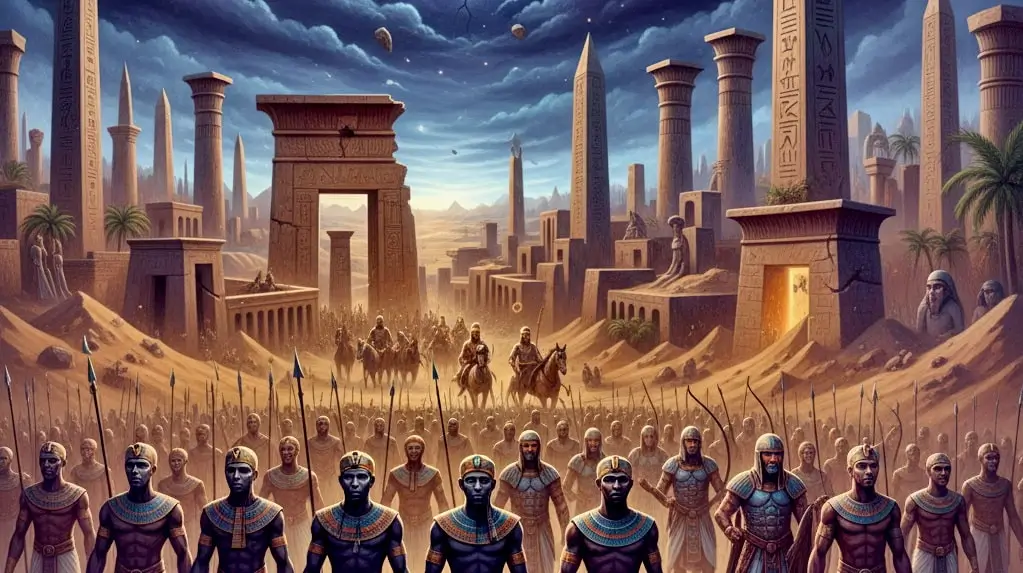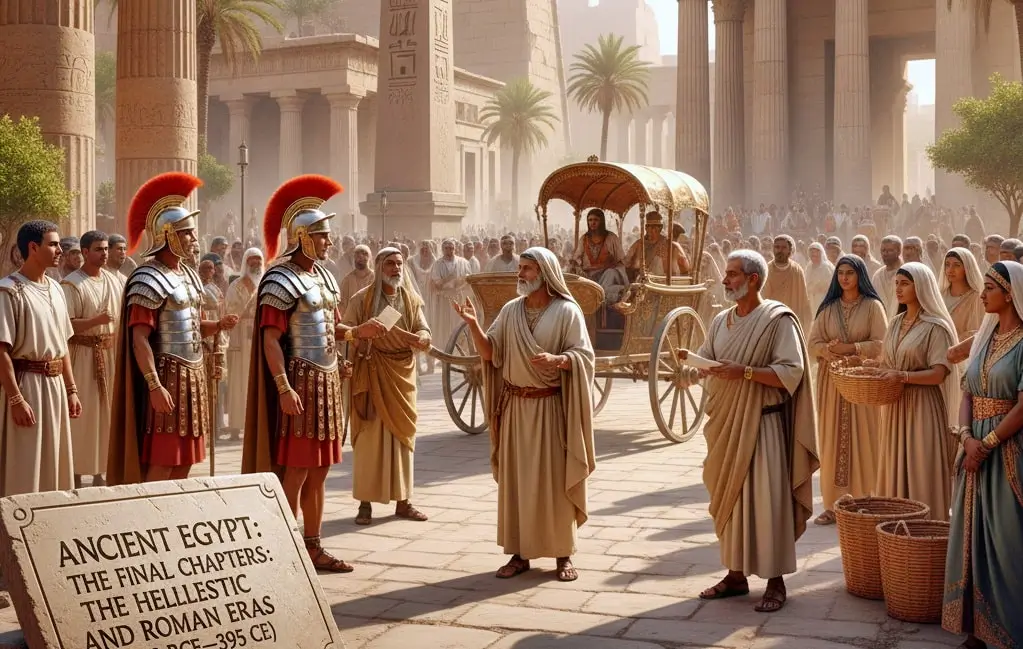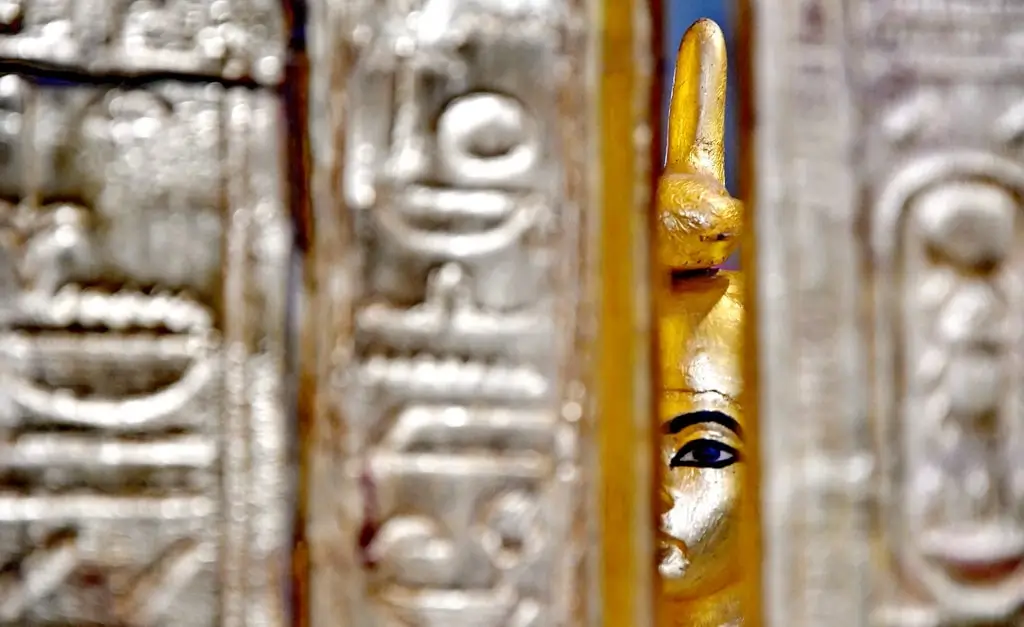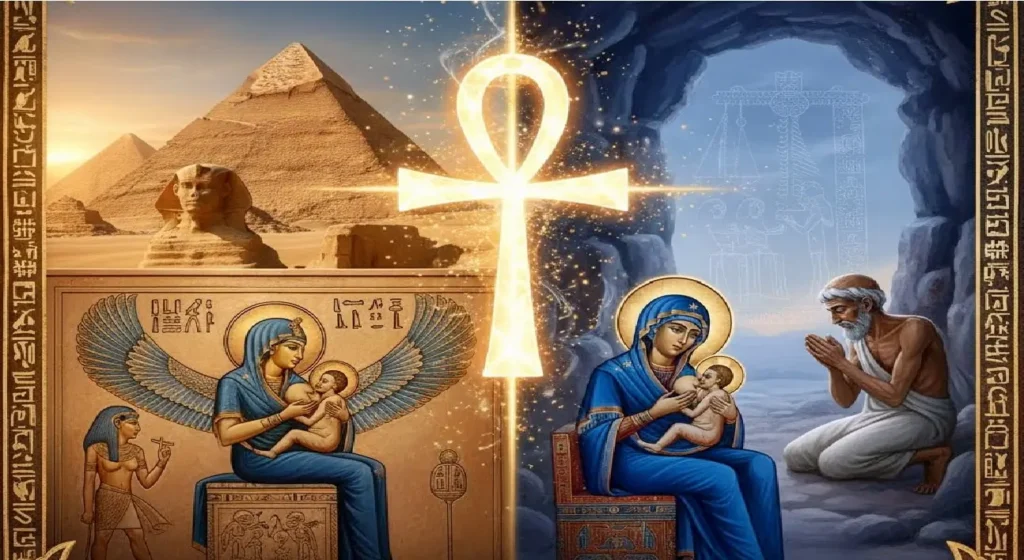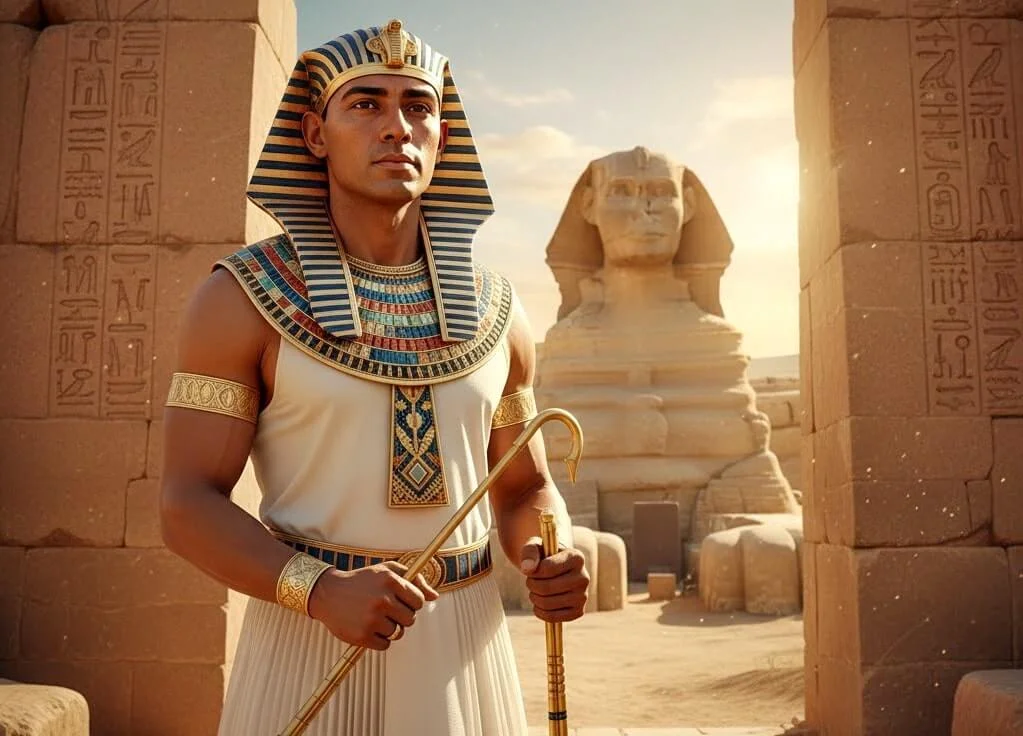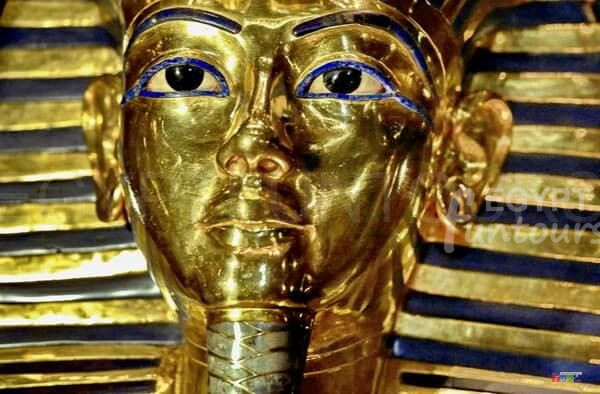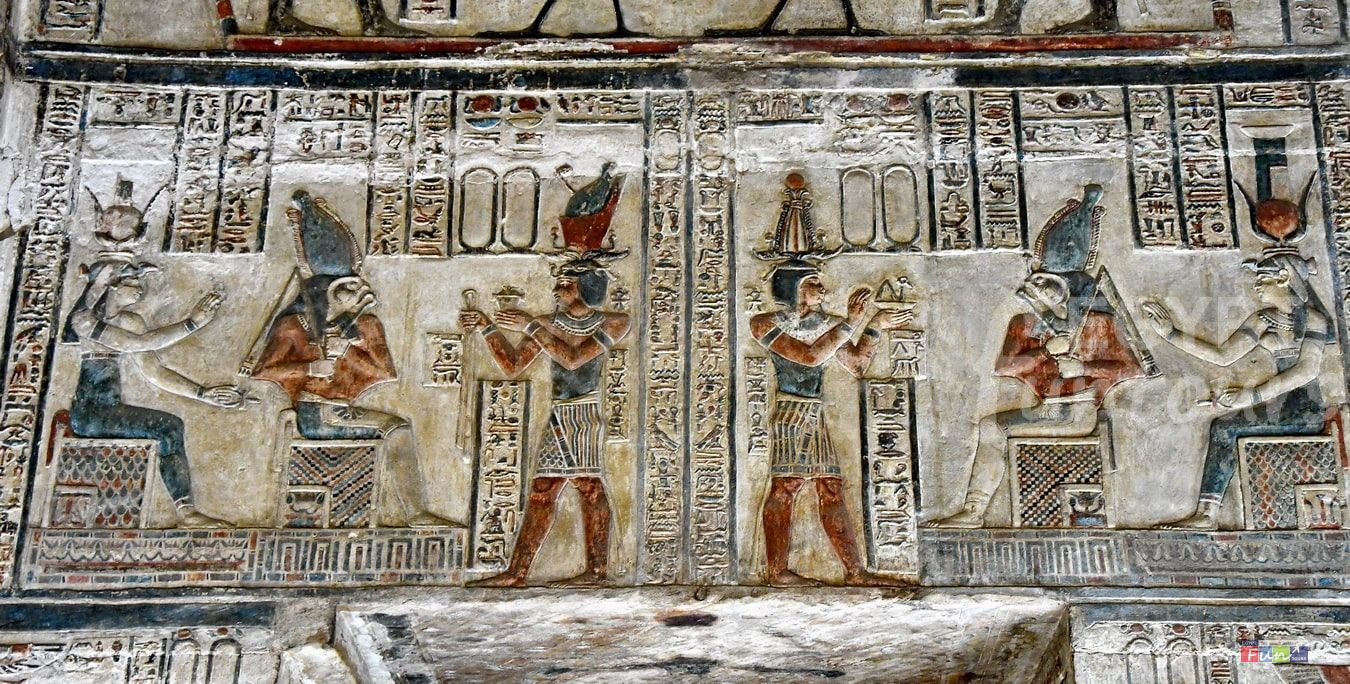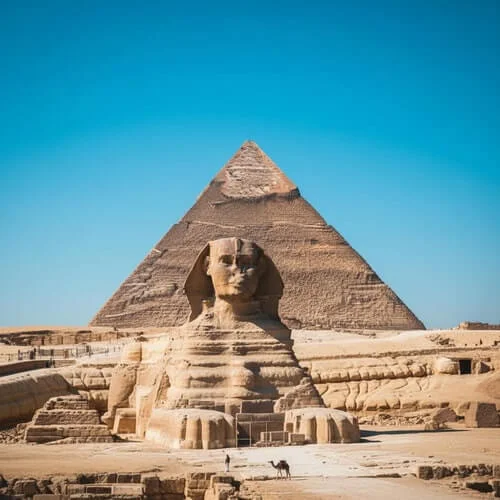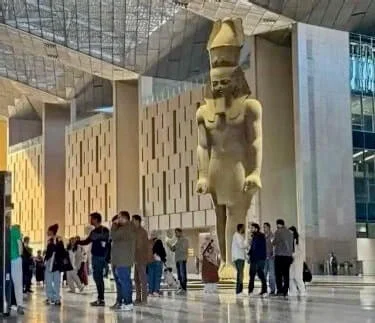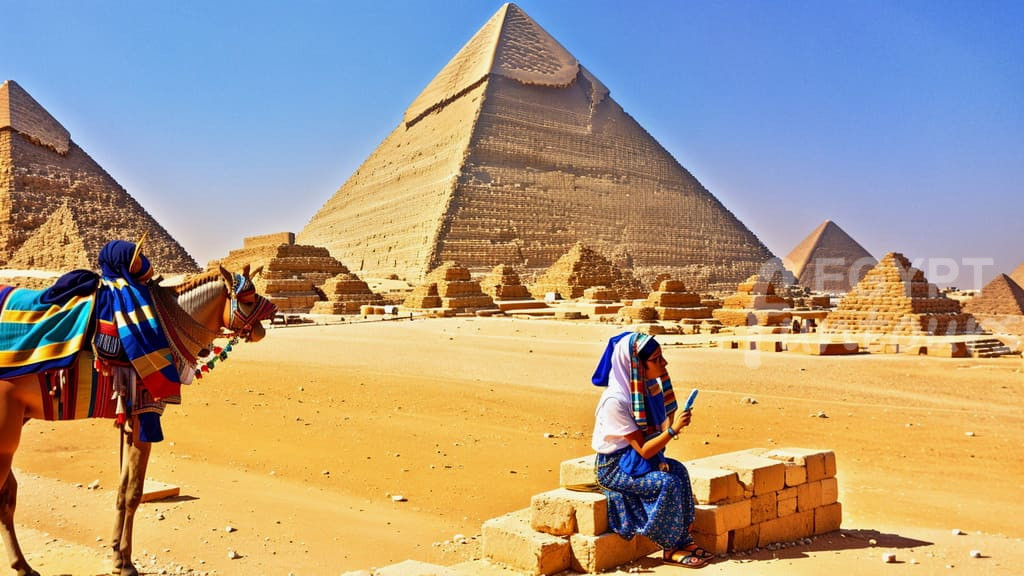Forged in the crucible of war and liberation, the New Kingdom was an age of unprecedented wealth, military might, and imperial expansion. Learning the lessons of the Hyksos invasion, the pharaohs of this era commanded a professional standing army and transformed Egypt from an inward-looking kingdom into an aggressive, conquering empire that stretched from Nubia in the south to the Euphrates River in Syria in the north.
Dynasties 18-20: Egypt’s Golden Age
This period saw the rise of legendary pharaohs who commanded vast fortunes from tribute and trade. This wealth funded the construction of magnificent temples and commissioned exquisite art. The capital, Thebes, became the religious and political heart of the empire. Its grand temples of Karnak and Luxor, dedicated to the supreme state god, Amun-Ra, grew into the largest religious complexes the world had ever seen. To protect their eternal rest from tomb robbers, the pharaohs abandoned pyramids and were instead buried in elaborate, hidden rock-cut tombs in the desolate Valley of the Kings.
Hatshepsut: The Female Pharaoh
One of the most remarkable rulers of the 18th Dynasty was Hatshepsut, a woman who reigned as a full pharaoh for over two decades. Initially regent for her young stepson, she skillfully claimed the throne for herself, legitimizing her rule by claiming divine birth and often having herself depicted with the traditional male attributes of a king, including a false beard. Her reign was one of peace and prosperity, marked by ambitious building projects and a famous trade expedition to the distant Land of Punt, which brought back incense, myrrh trees, and exotic animals. Her masterpiece is her stunning mortuary temple at Deir el-Bahri.
Akhenaten’s Religious Revolution
Pharaoh Amenhotep IV shattered millennia of religious tradition. He abandoned the polytheistic worship of the powerful Amun-Ra and the rest of the pantheon, instituting a new, nearly monotheistic religion centered on the worship of the sun disk, the Aten, as the sole universal creator. He changed his name to Akhenaten (“Effective for the Aten”), moved the capital to a new, purpose-built city called Akhetaten (modern Amarna), and oversaw a radical shift in artistic style towards a startling, often unflattering, naturalism. This “Amarna Heresy” was a profound shock to Egyptian society and was deeply unpopular with the traditional priesthood, who lost their power and wealth.
The Legacy of Tutankhamun
After Akhenaten’s death, his young son, Tutankhaten, ascended the throne. Under the influence of powerful court officials, the old religion was quickly restored. The young king abandoned Amarna, moved the court back to Thebes, and changed his name to Tutankhamun. He ruled for only a decade and was a relatively minor king in his time, but his legacy was immortalized when his small, nearly intact tomb was discovered in 1922 by Lord Howard Carter. Its breathtaking treasures, including his iconic golden mask, provided an unparalleled, frozen-in-time glimpse into the wealth and splendor of a New Kingdom royal burial.
Ramesses II: The Great Builder
The 19th Dynasty was dominated by one of Egypt’s longest-reigning and most famous pharaohs: Ramesses II, also known as Ramesses the Great. He ruled for 67 years and was an indefatigable builder and self-promoter, commissioning countless temples, statues, and monuments across Egypt, often usurping those of his predecessors. He is famous for the Battle of Kadesh against the Hittite Empire, which he claimed as a great victory on his temple walls, though it was more of a tactical draw. This later led to the world’s first known peace treaty. His most impressive works are the massive rock-cut temples at Abu Simbel, their facades adorned with four colossal statues of himself.



